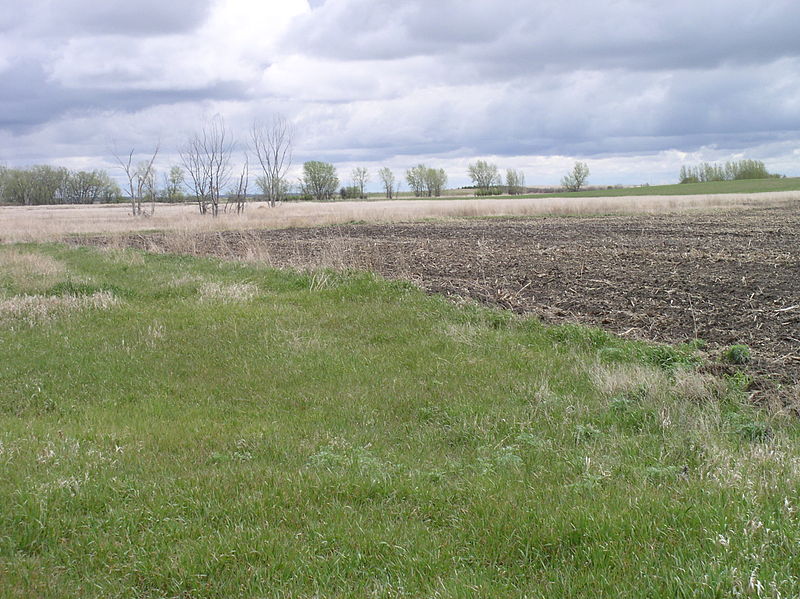Amidst the backdrop of budding trade tensions orchestrated by President Donald Trump’s threats of tariffs on Mexico and Canada, the South Dakota agricultural sector stands at a crossroads, potentially facing reverberations that could destabilize its economic bedrock. This issue is compounded by retaliatory tariff threats from Mexico and Canada, putting a spotlight on South Dakota, where these two neighboring countries represent more than three-quarters of the state’s agri-food export destinations.

Scott VanderWal
South Dakota’s agricultural community, a linchpin of its economy, is no stranger to tariff-induced turbulence. Historical precedent reminds us of the 2018 imposition of Chinese tariffs on U.S. soybeans, a blow from which the region is still recovering. Doug Sombke, president of the South Dakota Farmers Union, voices deep-seated concerns over the looming tariffs, emphasizing the potential escalation of costs concerning machinery parts, fertilizers, and fuel imports that are critical for local farmers.
“This is not a good deal, either one. And they’re allies of ours on top of it. This is not good for South Dakota farmers and ranchers,” Sombke remarks. “It’s gonna cost us more from the aspect of parts for our machinery for our equipment and also any other imports like fertilizer and fuel. And on the other side, Canada and Mexico are going to impose tariffs on us and exports that we still do sell them. I mean this is just not a good deal for agriculture in any shape of the imagination.”
While the threat of tariffs holds the state in a precarious balance, some, like Scott VanderWal, president of the South Dakota Farm Bureau, see moments of cautious optimism. Reflecting on the short-term relief provided by federal payments during the 2018 war on tariffs, VanderWal notes, “We just urge [President Trump] to keep in mind that there are possible negative effects of things like that. Sometimes, you like to keep tariffs in your back pocket for a last resort.”

South Dakota Farmer’s Union
The impact of these economic shifts extends beyond the machinery and fuel sectors, threatening the very essence of agricultural livelihood in South Dakota. The state’s farmers, renowned for their resilience, face tangible risks as the international market shivers in the face of potential trade hostilities. Trump’s arrangements to station 10,000 troops across both the Mexican and Canadian borders might mitigate some non-tariff concerns, addressing drug-related issues, but the broader agriculture implications remain fraught with uncertainty.
In the context of South Dakota’s reliance on its key export routes, a tariff escalation would not only destabilize immediate economic gains but could also hinder future prosperity. With the farming community’s dependence on competitive export structures, any disruptions could ripple across the state, challenging the tenacity and innovative spirit that characterize its agricultural legacy.
Against this backdrop, community leaders, farmers, and policymakers converge to strategize methodologies that fortify against international market disruptions. The consensus underscores the necessity for prudence and foresight as South Dakota navigates this potentially seismic shift, aiming to preserve livelihoods and foster sustainable growth amidst geopolitical complexities.
As the global stage sets for a possible tariff conflict, South Dakota remains a focal point of these unfolding events. The farmers and agricultural machinery operators, representing the heart and pulse of the state’s economy, await resolution with both apprehension and determination. It is a classic American tale of perseverance, where relying on homegrown ingenuity and adaptive strategies could be the defining narrative for South Dakota’s future success.
